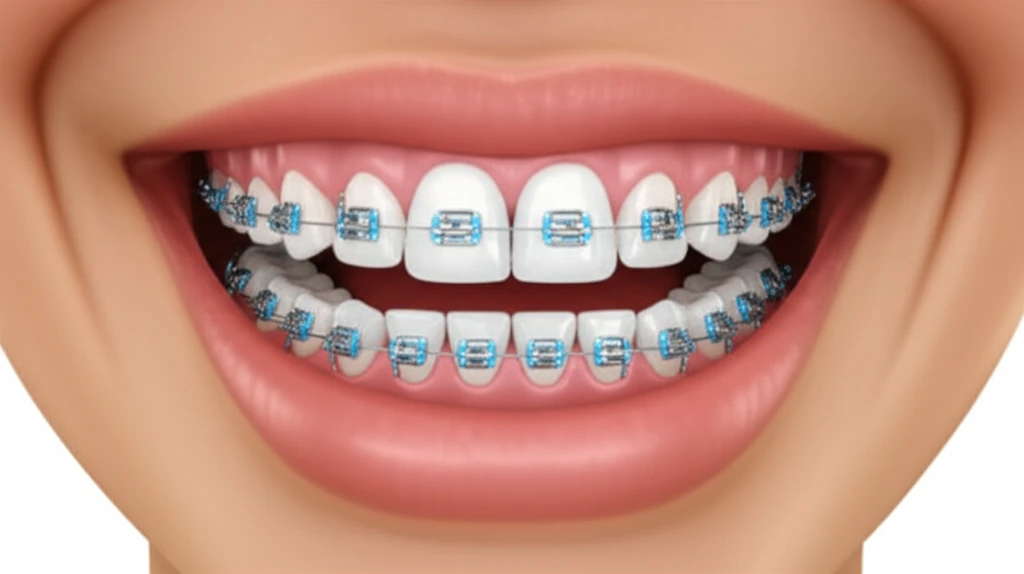
Unlocking Straighter Smiles: A Deep Dive into Elastomeric Chains
"Everything you need to know about how these orthodontic marvels work, and why their consistent force is crucial for your treatment."
Orthodontics is a journey toward a confident smile, and at the heart of many successful treatments are elastomeric chains. These small but mighty components deliver the consistent force needed to shift teeth into their ideal positions. If you're undergoing orthodontic treatment, or considering it, understanding elastomeric chains is key to appreciating the process.
While braces provide the framework, elastomeric chains act as the workhorses, gently guiding teeth along the archwire. Their effectiveness depends on several factors, from the material they're made from to the distance between their links. But how exactly do these factors influence the forces they deliver, and how does this impact your overall treatment?
This article explores the science behind elastomeric chains, drawing on research to explain how they function, what affects their performance, and what this means for you as a patient. We'll break down the key findings, providing insights into how orthodontists use these chains to achieve optimal results.
How Do Elastomeric Chains Work Their Magic?

Elastomeric chains are essentially a series of interconnected elastic rings. These chains are stretched and connected to your braces, applying a constant pulling or pushing force on your teeth. This force encourages the bone around your teeth to remodel, allowing them to gradually shift into the desired alignment. It's a slow and steady process, relying on consistent pressure over time.
- Material: The type of elastic material used directly impacts the chain's strength and how it degrades over time.
- Distance Between Links: Chains come in short, medium, and long configurations, affecting the amount of stretch and force applied.
- Time: All elastomeric chains lose some of their elasticity over time, a phenomenon known as force degradation. This is why regular adjustments are necessary.
- Environment: The oral environment, with its fluctuations in temperature and pH, also affects the lifespan and performance of the chains.
What Does This Mean for Your Treatment?
The research on elastomeric chains highlights the importance of consistent monitoring and timely adjustments during your orthodontic treatment. While the type of chain and its initial force are factors, the inevitable degradation of force means that regular check-ups and replacements are essential for maintaining progress. Open communication with your orthodontist will ensure that your treatment stays on track, leading to that straighter, more confident smile you've been waiting for.
